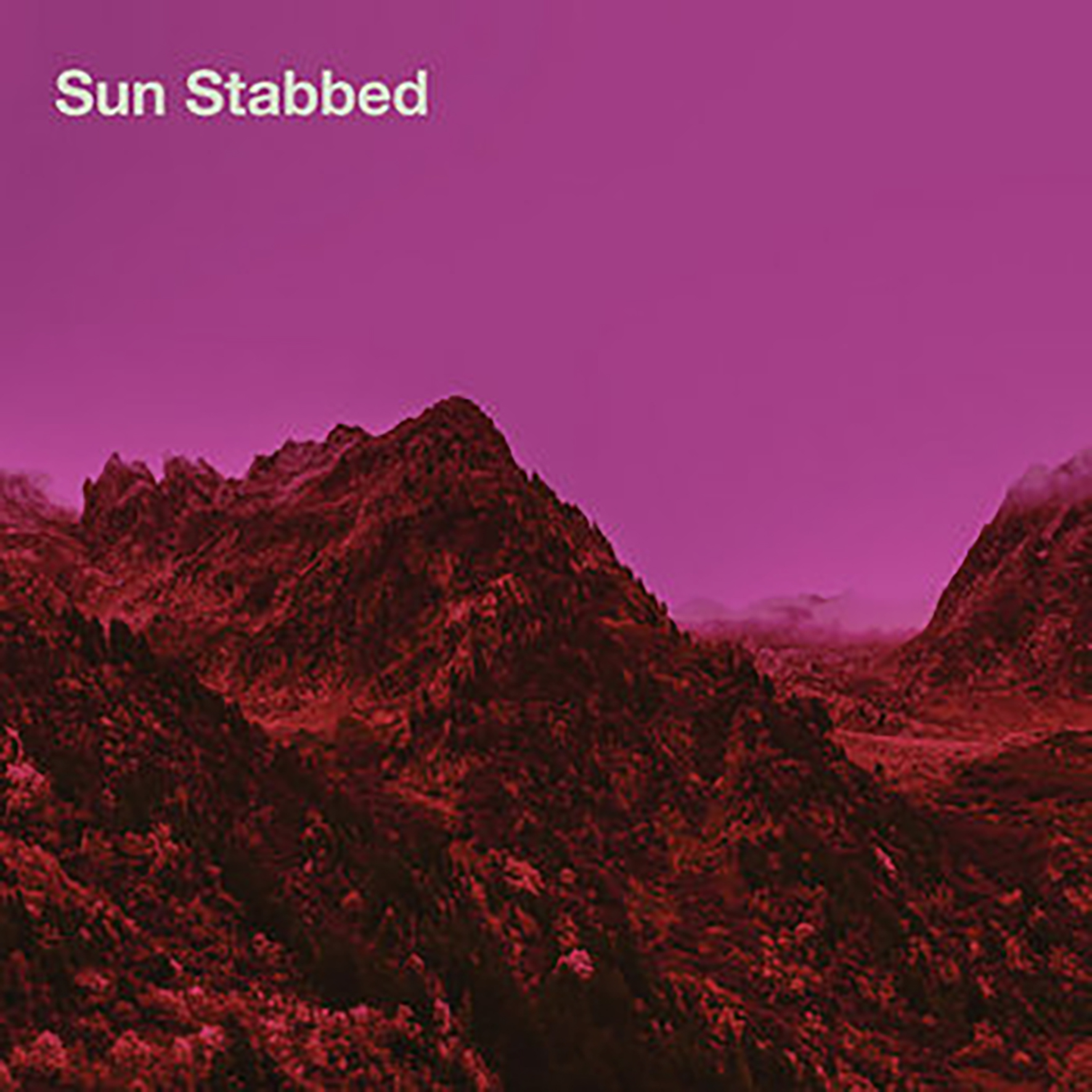
It has been roughly a decade since this French duo of gnarled guitar enthusiasts last surfaced as Sun Stabbed and I have certainly missed them, though Thierry Monnier and Pierre Faure's similarly excellent La Morte Young project helped fill the void nicely. Aside from the different line-ups, the main difference between the two projects is that this one is kind of a direct homage to some of New Zealand's most iconic purveyors of blacked drones and noisy guitars. While no discussion of that subject would be complete without Campbell Kneale, it is The Dead C and the woefully underheard Surface of the Earth that explicitly provide the most inspiration here.  Characteristically, Monnier and Faure are admirably up to the task of continuing that fine tradition, as In Girum Imus Nocte Et Consumimur Igni is a feast of manipulated feedback, burned-out wreckage, and simmering drones. Occasionally it can be eerily beautiful and haunting, but I also like the parts that resemble an onstage brawl between Skullflower and Sunn O))). This is an instant noise/drone guitar classic.
The album opens with its most slow-burning pleasure, as "Le soleil couchant de cette cité laissait quelques lueurs" opens with a single distorted tone that lazily twists and undulates for several minutes. As that note drones on, a haze of feedback and overtones starts to form around it and the higher pitches begin to resemble Tuvan throat singing. Eventually the central drone is fleshed out a bit, but the piece continues to feel like a single smoldering and gently twisting drone loaded with seething tension. It is a beautifully crafted piece, but I appreciated it even more once I translated the title (roughly "The setting sun of this city left some light"), as I started envisioning all of the slowly unfurling tendrils of sound as streaks of deep red and bruised purple in the darkening wake of a sunset (definitely made me wish I had synesthesia). The following "La sensation de l'écoulement du temps" is another slow-building masterpiece of controlled violence and superhuman patience, as ghost trails of feedback lazily wind across a landscape of drones and gently sizzling and crackling amp noise. The neat twist this time around is that the spectral feedback and the underlying drones both cohere into rhythmic patterns that are as languorously hypnotic as any Indian raga I have heard. Sun Stabbed differ from raga in some very significant ways though, particularly in the passing storm of stuttering, blown-out distortion that soon consumes the song. Yet another perfectly titled piece (roughly "So here is a civilization that burns, capsizes and sinks in its entirety") closes this album with a convulsive catharsis of roiling guitar noise and buzzing, low-end hum. It is not quite on the same level as the previous two pieces, but compensates with its comparative brevity and provides an enjoyably volcanic finale.
Samples can be found here.


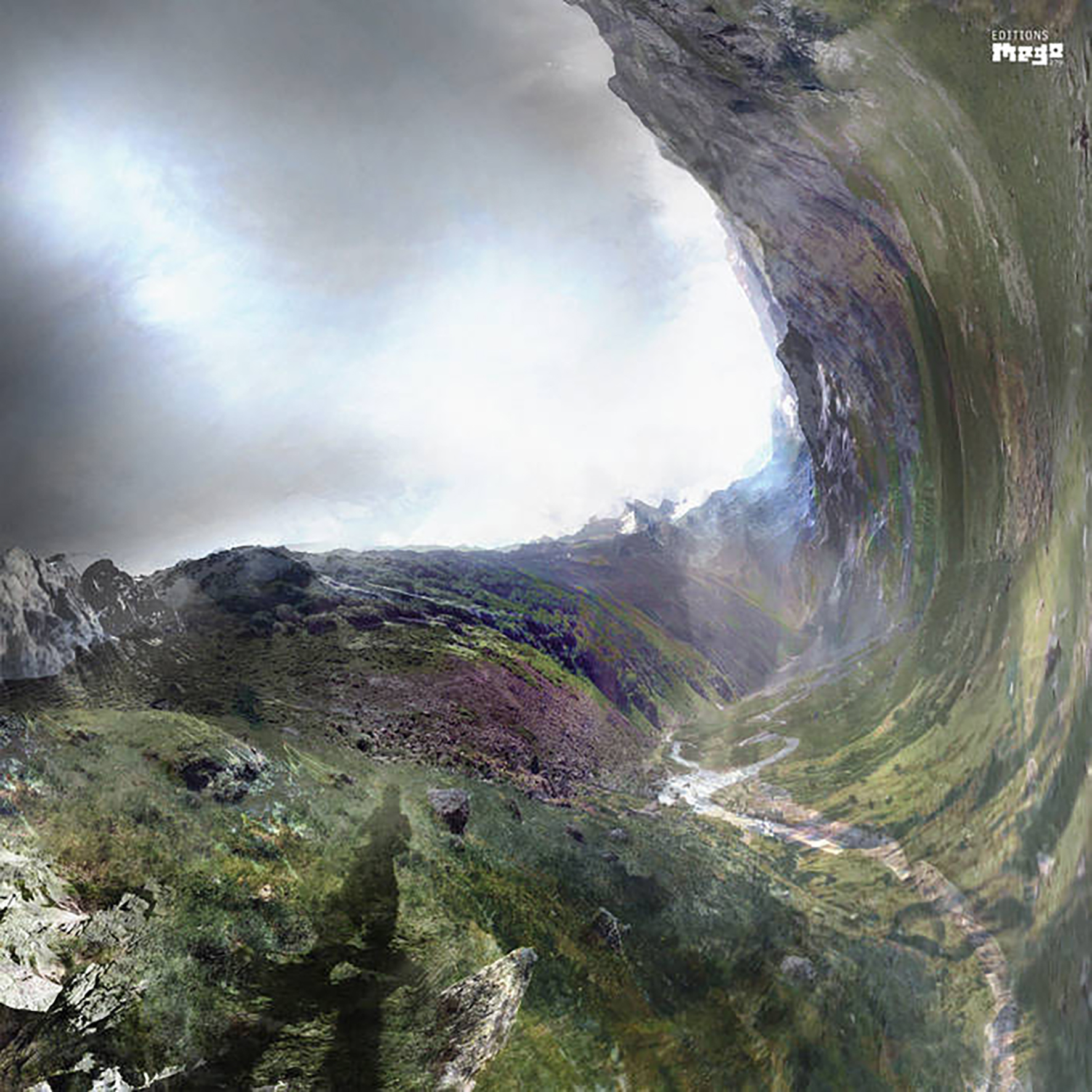 I was completely floored by the opening "Fantas" when I first heard 2019's Ecstatic Computation, so I was thrilled to discover that it was unexpectedly getting its own well-deserved album of remixes. Given the brilliance of "Fantas" itself and the circle of talented and unusual artists surrounding Barbieri, I never had any doubt that I would enjoy Fantas Variations immensely, but I was still pleasantly surprised by the unexpected directions that some of these variations took, as the source material is damn near unrecognizable in some cases (especially in Evelyn Saylor's startling opener). Naturally, much of the album's draw for me lies in hearing what reliably great familiar names like Kara-lis Coverdale and Kali Malone could do with Barbieri's intense synth opus and I was not disappointed in that regard. However, it is primarily the more unfamiliar artists (to me, at least) who steal the show, particularly on Bendik Giske's haunting saxophone variation and Jay Mitta's hyperkinetic snare freakout that resembles an unhinged, psychedelic Latin dance party or polka-themed nightmare.
I was completely floored by the opening "Fantas" when I first heard 2019's Ecstatic Computation, so I was thrilled to discover that it was unexpectedly getting its own well-deserved album of remixes. Given the brilliance of "Fantas" itself and the circle of talented and unusual artists surrounding Barbieri, I never had any doubt that I would enjoy Fantas Variations immensely, but I was still pleasantly surprised by the unexpected directions that some of these variations took, as the source material is damn near unrecognizable in some cases (especially in Evelyn Saylor's startling opener). Naturally, much of the album's draw for me lies in hearing what reliably great familiar names like Kara-lis Coverdale and Kali Malone could do with Barbieri's intense synth opus and I was not disappointed in that regard. However, it is primarily the more unfamiliar artists (to me, at least) who steal the show, particularly on Bendik Giske's haunting saxophone variation and Jay Mitta's hyperkinetic snare freakout that resembles an unhinged, psychedelic Latin dance party or polka-themed nightmare.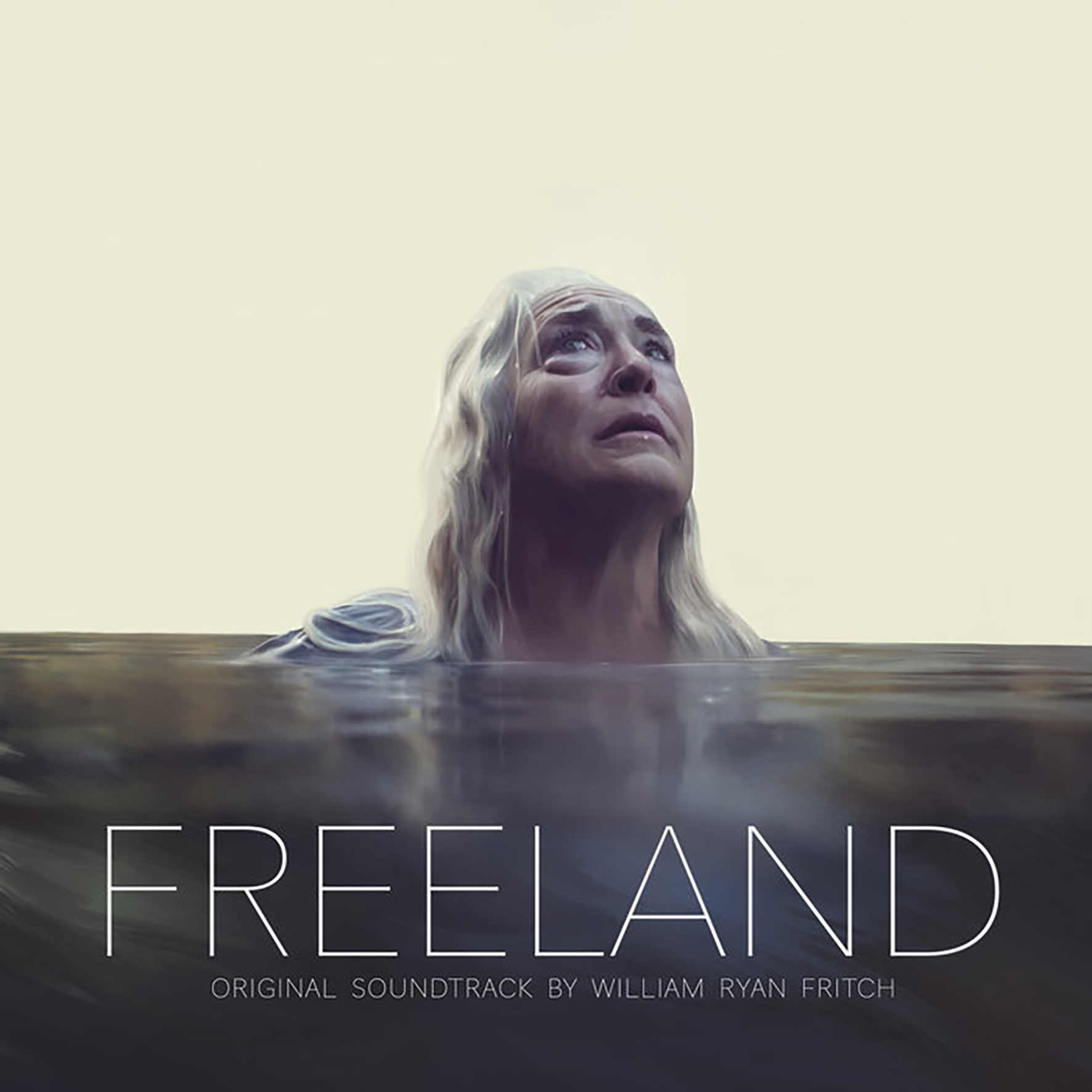 It seems like William Ryan Fritch has a new album coming out practically every other month these days and I dearly hope to catch up with his voluminous output someday, as that relentless work ethic does not seem like it has disrupted his near-supernatural hot streak one bit. This latest gem is one of his more high-profile recent releases, billed as a labor of love two years in the making. Normally, soundtrack albums are a bit of a red flag for me, as they are not generally intended to stand alone (by design), but some artists can transcend that restriction beautifully and conjure vivid sound worlds that are satisfying and complete experiences in their own right. Unsurprisingly, Fritch is one such artist and Freeland is an absorbing, inspired, and fitfully mesmerizing album. Granted, some of the strongest pieces are teasingly brief due to their intended context, but the heaving, shuddering, and fluttering rustic drones of pieces like "Devi’s Last Deal" and "The Old Commune" are haunting and memorable enough that I do not lament their brevity much, as I will happily take whatever glimpses of heaven I can get.
It seems like William Ryan Fritch has a new album coming out practically every other month these days and I dearly hope to catch up with his voluminous output someday, as that relentless work ethic does not seem like it has disrupted his near-supernatural hot streak one bit. This latest gem is one of his more high-profile recent releases, billed as a labor of love two years in the making. Normally, soundtrack albums are a bit of a red flag for me, as they are not generally intended to stand alone (by design), but some artists can transcend that restriction beautifully and conjure vivid sound worlds that are satisfying and complete experiences in their own right. Unsurprisingly, Fritch is one such artist and Freeland is an absorbing, inspired, and fitfully mesmerizing album. Granted, some of the strongest pieces are teasingly brief due to their intended context, but the heaving, shuddering, and fluttering rustic drones of pieces like "Devi’s Last Deal" and "The Old Commune" are haunting and memorable enough that I do not lament their brevity much, as I will happily take whatever glimpses of heaven I can get. I have belatedly realized that I was an utter fool for sleeping on this unusual electronic duo from Berlin for so long, as an idiosyncratic dub techno-inspired project from a former member of Lali Puna seems like it should be right up my alley. Unfortunately, their debut (Nocturnes) was a bit too indulgent, deconstructed, and eclectic to resonate with me at the time and I filed them away as "mutant techno for people who are way too enthusiastic about modular synthesizers." Whether Driftmachine has gotten better in the ensuing seven years or whether I just caught up to the inspired aesthetic that they had all along is hard to say, but Spume & Recollection instantly sounded great to me, so my guess is that there have indeed been some improvements. While all four of these pieces are definitely still a bit too vamp-like and strange to fit within my personal dub techno comfort zone, I now feel like the quirks and subdued spaciness of the pair's vision make Driftmachine a compelling entity in its own right, as the best moments of Spume & Recollection feel like simmering, surreal, and mechanized psychedelia in perfectly distilled form.
I have belatedly realized that I was an utter fool for sleeping on this unusual electronic duo from Berlin for so long, as an idiosyncratic dub techno-inspired project from a former member of Lali Puna seems like it should be right up my alley. Unfortunately, their debut (Nocturnes) was a bit too indulgent, deconstructed, and eclectic to resonate with me at the time and I filed them away as "mutant techno for people who are way too enthusiastic about modular synthesizers." Whether Driftmachine has gotten better in the ensuing seven years or whether I just caught up to the inspired aesthetic that they had all along is hard to say, but Spume & Recollection instantly sounded great to me, so my guess is that there have indeed been some improvements. While all four of these pieces are definitely still a bit too vamp-like and strange to fit within my personal dub techno comfort zone, I now feel like the quirks and subdued spaciness of the pair's vision make Driftmachine a compelling entity in its own right, as the best moments of Spume & Recollection feel like simmering, surreal, and mechanized psychedelia in perfectly distilled form.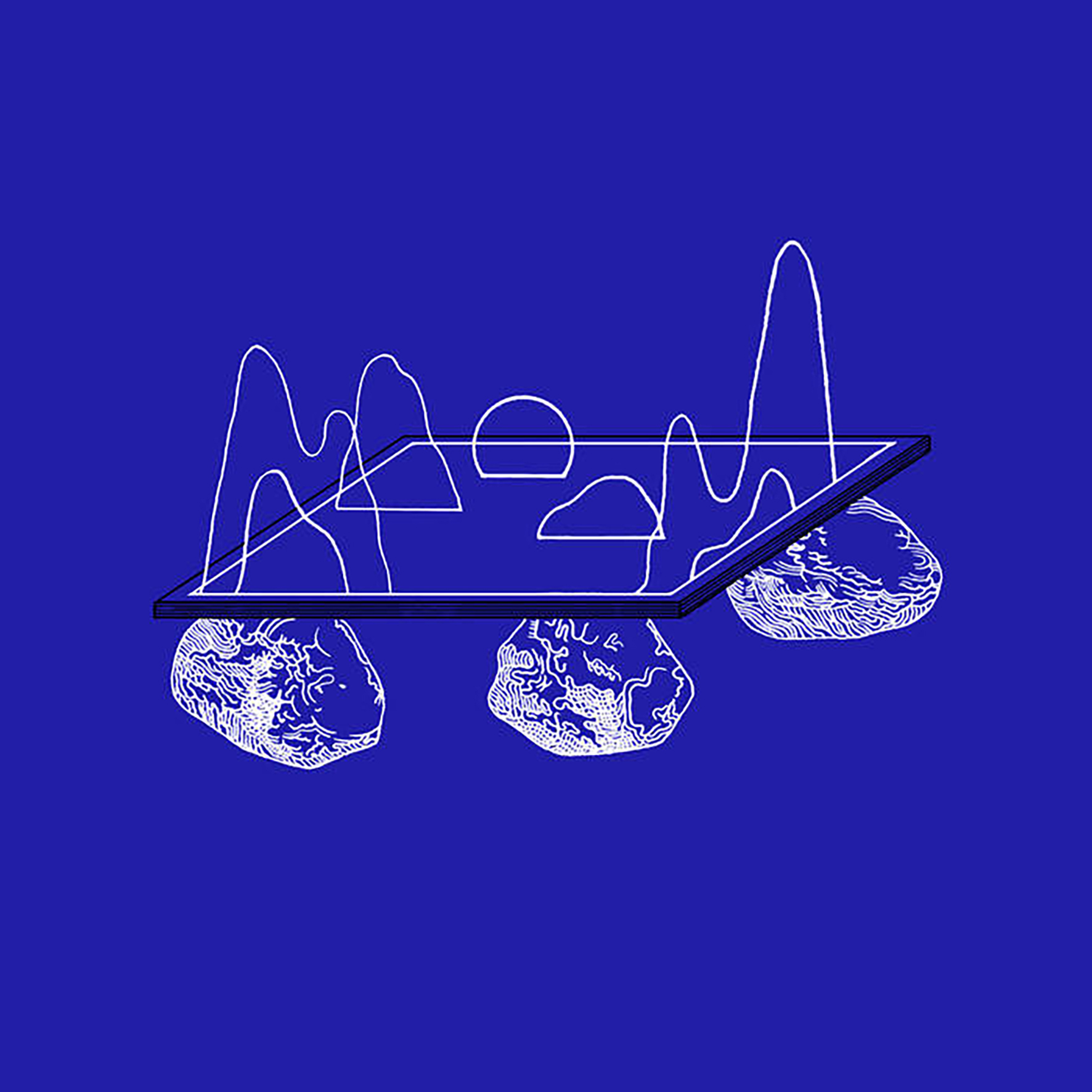 It is unfortunate that this final album from Tomaga is being released in the shadow of Tom Relleen's untimely passing, as Intimate Immensity probably could have been the London duo's breakthrough release otherwise. I first became aware of the project through a combination of drummer Valentina Magaletti's many other appearances (Vanishing Twin, Raime, Helm, etc.) and stumbling upon Memory in Vivo Exposure while briefly obsessed with exotica-inspired ambiance. While I would not describe this latest album as particularly exotica-inspired for a Tomaga release, Relleen and Magaletti have always had a unique, eclectic, and constantly evolving off-beat vision, so there is no dearth of unusual juxtapositions and unexpected divergences among these ten songs. I suppose Vanishing Twin's Stereolab-esque aesthetic is as good a reference point as any, as the best songs here feel like the soundtrack of an arty European cult film from the '60s or '70s improved with subtle hallucinatory flourishes, exotic atmospheric touches, and muscular dub-wise grooves.
It is unfortunate that this final album from Tomaga is being released in the shadow of Tom Relleen's untimely passing, as Intimate Immensity probably could have been the London duo's breakthrough release otherwise. I first became aware of the project through a combination of drummer Valentina Magaletti's many other appearances (Vanishing Twin, Raime, Helm, etc.) and stumbling upon Memory in Vivo Exposure while briefly obsessed with exotica-inspired ambiance. While I would not describe this latest album as particularly exotica-inspired for a Tomaga release, Relleen and Magaletti have always had a unique, eclectic, and constantly evolving off-beat vision, so there is no dearth of unusual juxtapositions and unexpected divergences among these ten songs. I suppose Vanishing Twin's Stereolab-esque aesthetic is as good a reference point as any, as the best songs here feel like the soundtrack of an arty European cult film from the '60s or '70s improved with subtle hallucinatory flourishes, exotic atmospheric touches, and muscular dub-wise grooves.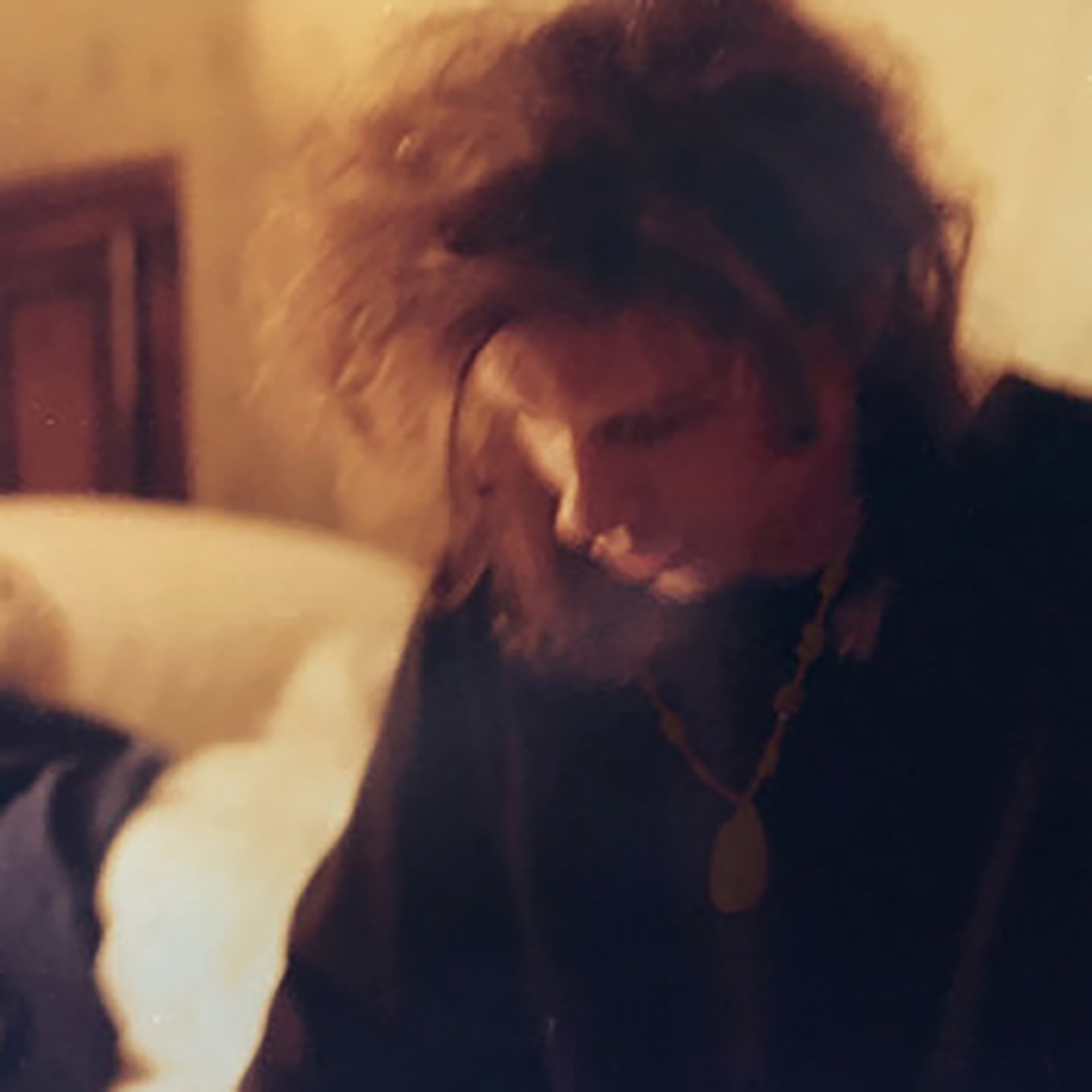 Disciples' wonderful series of resurrected home recordings from Warren Defever's precocious teenage years winds to a close with this third album (coinciding with the release of A Silver Thread, which compiles all of Defever's recently issued early home recordings in one place). In one way, it can be said that the best was saved for last, as Hope is a Candle features remastered versions of some material from the demo that fatefully landed His Name is Alive on 4AD (which has circulated as a bootleg for years). To my ears, however, it does not quite rival the pleasures of All the Mirrors in the House, but that makes sense since Mirrors was the revelatory bombshell that unveiled this treasure trove in the first place. That said, the "songs" are sometimes a bit longer and more fleshed out this time around, making Hope is a Candle feel like an enjoyable outtakes collection from the project's earliest albums. While that is certainly enough to satisfy me as an HNIA fan, the album also boasts quite a lovely and sublime closing piece.
Disciples' wonderful series of resurrected home recordings from Warren Defever's precocious teenage years winds to a close with this third album (coinciding with the release of A Silver Thread, which compiles all of Defever's recently issued early home recordings in one place). In one way, it can be said that the best was saved for last, as Hope is a Candle features remastered versions of some material from the demo that fatefully landed His Name is Alive on 4AD (which has circulated as a bootleg for years). To my ears, however, it does not quite rival the pleasures of All the Mirrors in the House, but that makes sense since Mirrors was the revelatory bombshell that unveiled this treasure trove in the first place. That said, the "songs" are sometimes a bit longer and more fleshed out this time around, making Hope is a Candle feel like an enjoyable outtakes collection from the project's earliest albums. While that is certainly enough to satisfy me as an HNIA fan, the album also boasts quite a lovely and sublime closing piece. In theory, any album recorded by the duo of Chris Corsano and Bill Orcutt should be an instant Album of the Year candidate for me, as the pair are easily among my favorite musicians on the planet. However, 2018’s explosive Brace Up! was not quite my thing, calling to mind Orcutt's earlier and viscerally cacophonous Harry Pussy days. I have no doubt that seeing the duo live during that period would have either torn off my head or melted my face, but that album is not the one I reach for when I have an Orcutt craving. Happily, the opposite is true of this latest convergence of the two fiery improv iconoclasts, as Made Out of Sound resembles one of Orcutt's more recent solo albums organically intertwined with some oft-incendiary free drumming. Despite being generally more melodic and less feral than its predecessor, however, the more nuanced Made Out of Sound is nevertheless a radical and intense recording in its own right. It is truly rare to encounter such seemingly effortless and fluid chemistry between two artists with such instantly recognizable and attention-grabbing aesthetics.
In theory, any album recorded by the duo of Chris Corsano and Bill Orcutt should be an instant Album of the Year candidate for me, as the pair are easily among my favorite musicians on the planet. However, 2018’s explosive Brace Up! was not quite my thing, calling to mind Orcutt's earlier and viscerally cacophonous Harry Pussy days. I have no doubt that seeing the duo live during that period would have either torn off my head or melted my face, but that album is not the one I reach for when I have an Orcutt craving. Happily, the opposite is true of this latest convergence of the two fiery improv iconoclasts, as Made Out of Sound resembles one of Orcutt's more recent solo albums organically intertwined with some oft-incendiary free drumming. Despite being generally more melodic and less feral than its predecessor, however, the more nuanced Made Out of Sound is nevertheless a radical and intense recording in its own right. It is truly rare to encounter such seemingly effortless and fluid chemistry between two artists with such instantly recognizable and attention-grabbing aesthetics.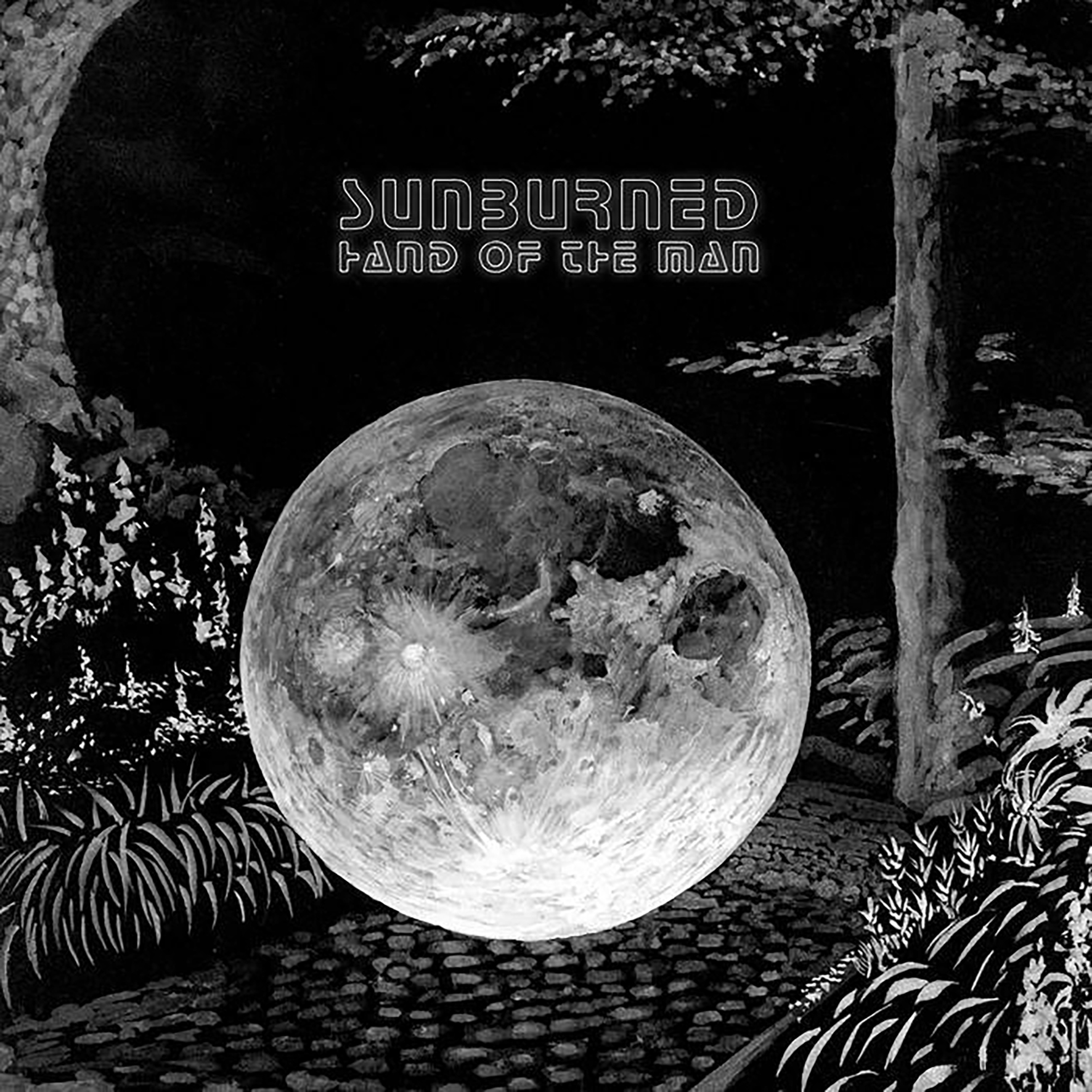 I never delved too deeply into the New Weird America scene during its heyday, so I have probably heard far fewer Sunburned Hand of the Man albums than most people who are constantly seeking out freaky underground sounds. Consequently, I have no idea if there is some CDR from like 2002 lurking among the free rock collective's previous 120+ releases that explores roughly the same stylistic terrain as Pick a Day to Die. I would be surprised if there was though, as this return (of sorts) feels unusually focused, tight, and muscular for the band. To my ears, that approach suits Sunburned Hand quite well, as the collective churn out some impressively killer psychedelia on this release (among other things). That said, they still remain every bit as unapologetically eclectic, perplexing, and occasionally self-sabotaging as ever, resembling a bunch of gleefully mischievous Western Massachusetts underground luminaries (with amazing record collections) spinning a wheel to determine whether they want to channel Captain Beefheart, classic krautrock, Dr. John, or some cool folk, prog, or psych obscurity with each fresh song. Despite that (or, more likely, because of it), this is an unusually fun, strong, and memorable release.
I never delved too deeply into the New Weird America scene during its heyday, so I have probably heard far fewer Sunburned Hand of the Man albums than most people who are constantly seeking out freaky underground sounds. Consequently, I have no idea if there is some CDR from like 2002 lurking among the free rock collective's previous 120+ releases that explores roughly the same stylistic terrain as Pick a Day to Die. I would be surprised if there was though, as this return (of sorts) feels unusually focused, tight, and muscular for the band. To my ears, that approach suits Sunburned Hand quite well, as the collective churn out some impressively killer psychedelia on this release (among other things). That said, they still remain every bit as unapologetically eclectic, perplexing, and occasionally self-sabotaging as ever, resembling a bunch of gleefully mischievous Western Massachusetts underground luminaries (with amazing record collections) spinning a wheel to determine whether they want to channel Captain Beefheart, classic krautrock, Dr. John, or some cool folk, prog, or psych obscurity with each fresh song. Despite that (or, more likely, because of it), this is an unusually fun, strong, and memorable release.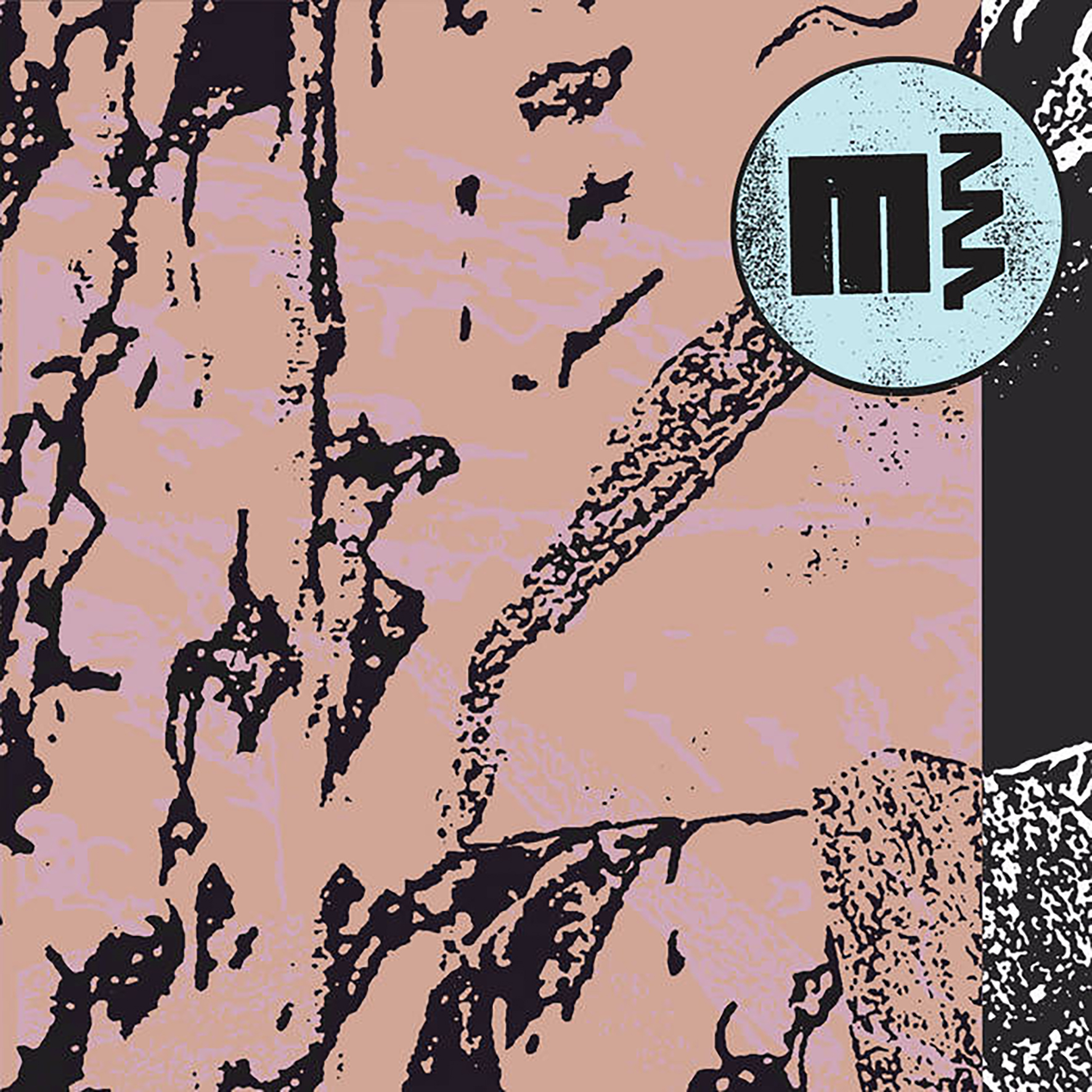 This auspicious debut brings together The Body's drummer (Lee Buford) with his counterpart from Braveyoung (Zac Jones). Apparently, the pair have been fitfully collaborating since the two bands joined forces for 2011's Nothing Passes, but they have not released anything until now. Unsurprisingly, World Vision Perfect Harmony is an impressively heavy and beat-driven affair, stylistically landing in a place that calls to mind a collision of some cool late '90s Justin Broadrick side project, the industrial-strength hip-hop of early Kareem, and the noise-ravaged techno of Container. Somehow the album is even better than that sounds, however, as Buford and Jones often display an impressively intuition for perfectly balancing bludgeoning force, eerily hallucinatory samples, a head-bobbing BPM, and an occasional well-paced hook or flurry of hyperkinetic percussion. In a few cases, Manslaughter 777's relentless rhythmic assault and constrained palette start to yield diminishing returns, but at least half the album is legitimately excellent and there are a few killer "singles" that will be finding their way into my playlists for years.
This auspicious debut brings together The Body's drummer (Lee Buford) with his counterpart from Braveyoung (Zac Jones). Apparently, the pair have been fitfully collaborating since the two bands joined forces for 2011's Nothing Passes, but they have not released anything until now. Unsurprisingly, World Vision Perfect Harmony is an impressively heavy and beat-driven affair, stylistically landing in a place that calls to mind a collision of some cool late '90s Justin Broadrick side project, the industrial-strength hip-hop of early Kareem, and the noise-ravaged techno of Container. Somehow the album is even better than that sounds, however, as Buford and Jones often display an impressively intuition for perfectly balancing bludgeoning force, eerily hallucinatory samples, a head-bobbing BPM, and an occasional well-paced hook or flurry of hyperkinetic percussion. In a few cases, Manslaughter 777's relentless rhythmic assault and constrained palette start to yield diminishing returns, but at least half the album is legitimately excellent and there are a few killer "singles" that will be finding their way into my playlists for years.
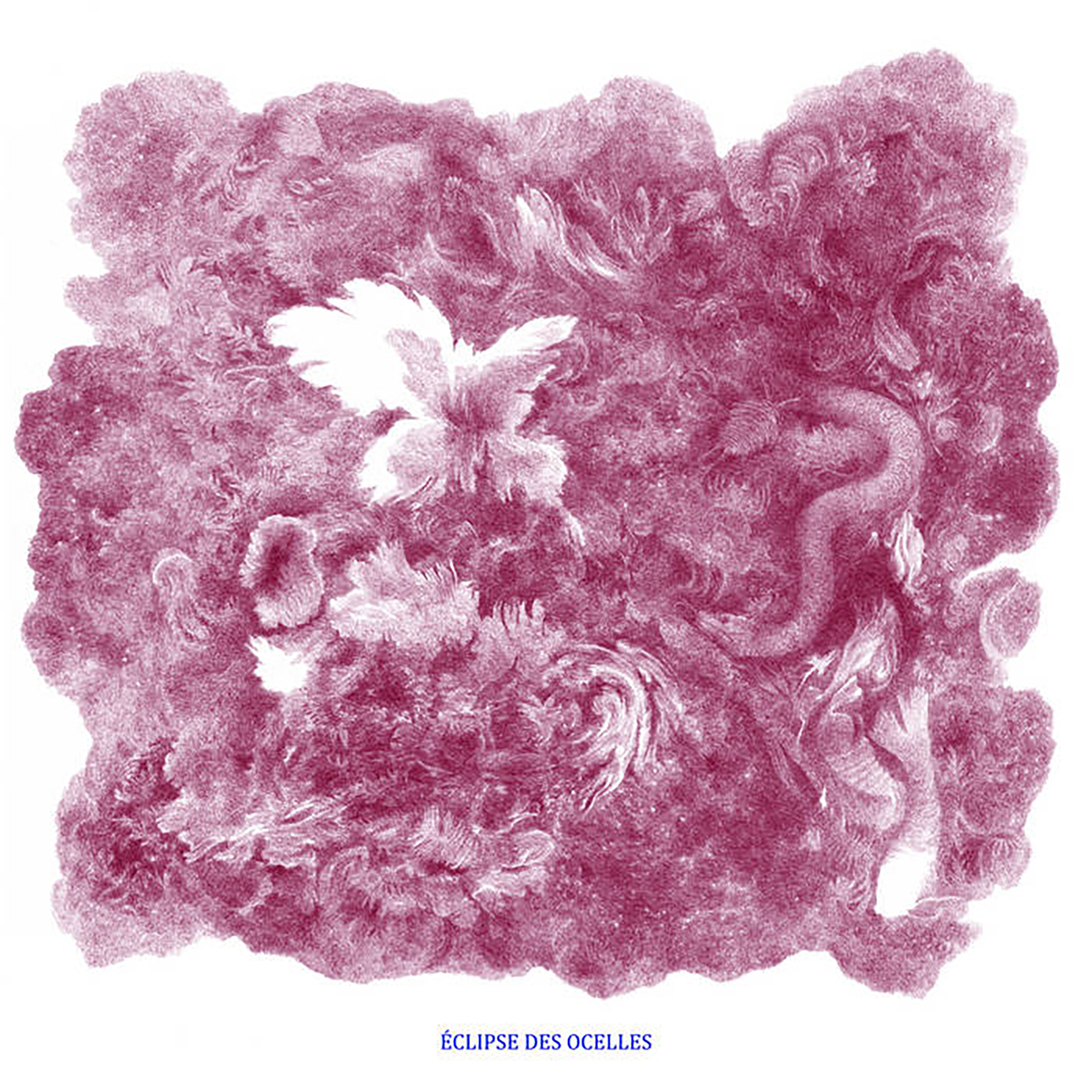
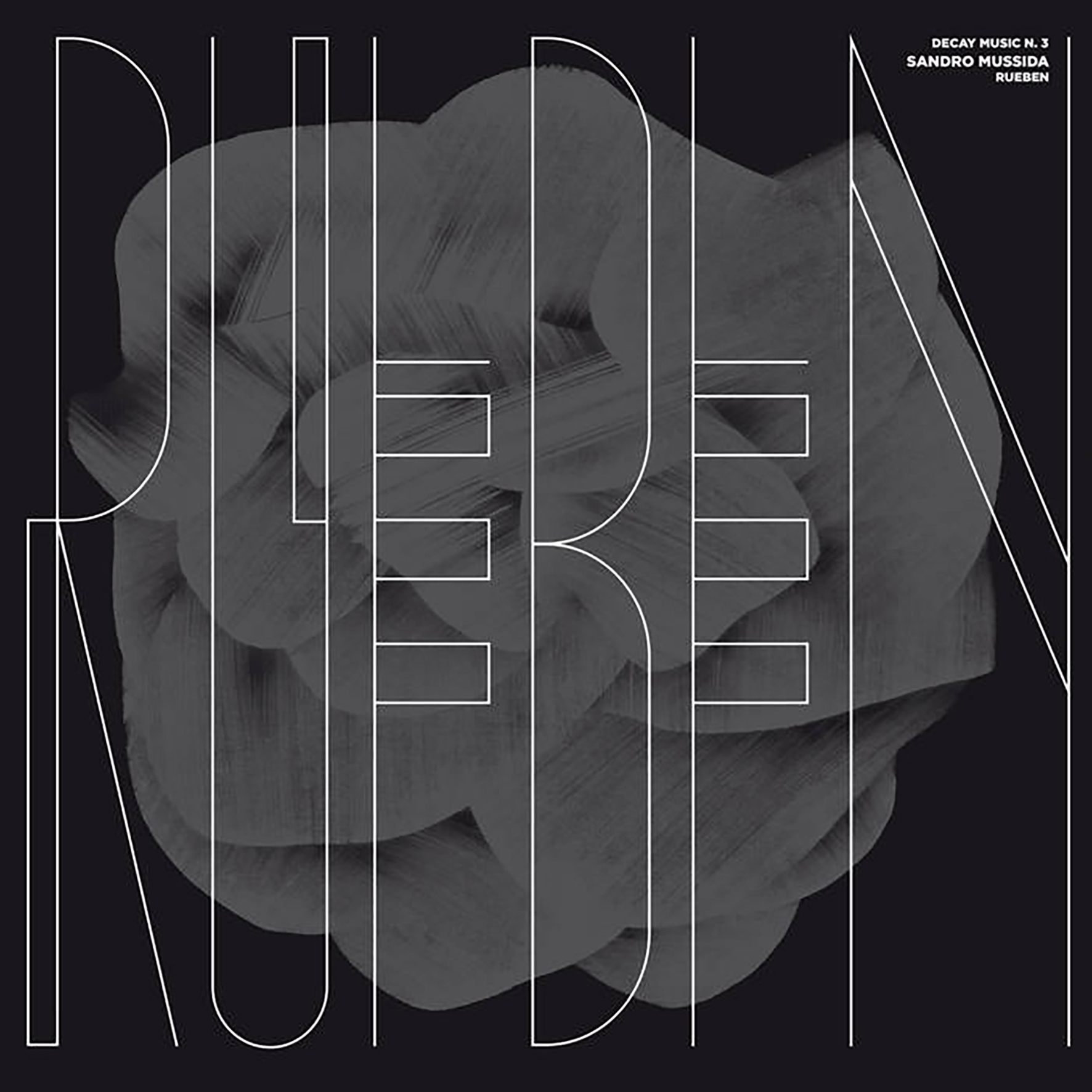 I believe this is my first encounter with this London-based cellist/composer, but that is hardly surprising, as Die Schachtel often tends to be ahead of the curve in unearthing compelling new sound art. As befits the Decay series' mission statement of highlighting "inspired contemporary experimental efforts in ambient, ethereal, and emotively abstract music," Reuben is an album of hazy, dreamlike soundscapes that feel like they were assembled from hissing and blurred tape loops (though I do not believe they were). Regardless of how it was assembled, this is quite an immersive and fitfully gorgeous album, as Mussida displays an impressive lightness of touch, talent for nuanced detail, and a deep understanding of the physics of sound. And it certainly does not hurt that he made full use of the rich acoustic properties of Volterra, Italy's historic Church of San Giusto.
I believe this is my first encounter with this London-based cellist/composer, but that is hardly surprising, as Die Schachtel often tends to be ahead of the curve in unearthing compelling new sound art. As befits the Decay series' mission statement of highlighting "inspired contemporary experimental efforts in ambient, ethereal, and emotively abstract music," Reuben is an album of hazy, dreamlike soundscapes that feel like they were assembled from hissing and blurred tape loops (though I do not believe they were). Regardless of how it was assembled, this is quite an immersive and fitfully gorgeous album, as Mussida displays an impressive lightness of touch, talent for nuanced detail, and a deep understanding of the physics of sound. And it certainly does not hurt that he made full use of the rich acoustic properties of Volterra, Italy's historic Church of San Giusto.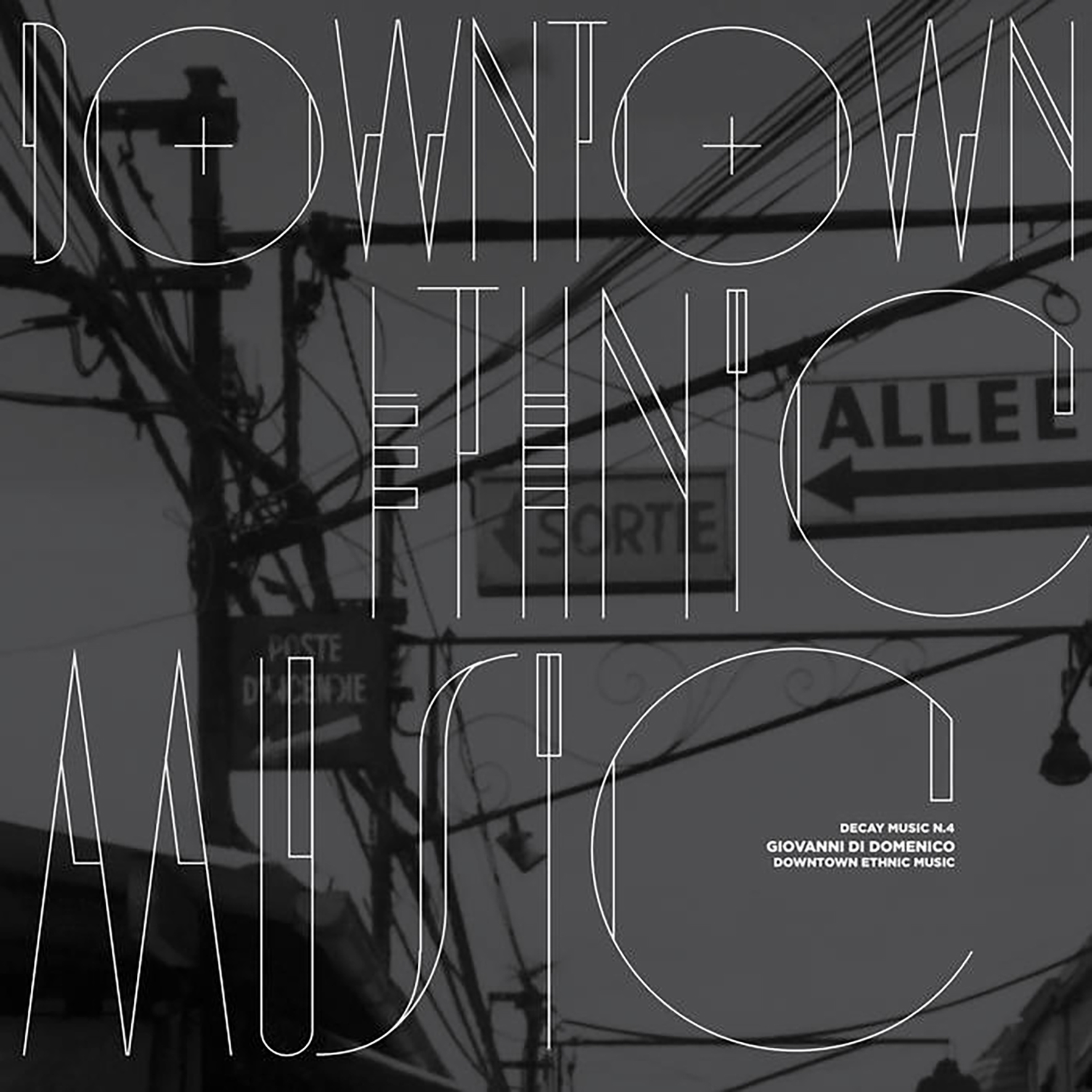 I believe this is Di Domenico's first appearance on Die Schachtel, but the Brussels-based pianist/composer has had quite a prolific and fascinating career, racking up collaborations with a wildly varied array of iconic artists ranging from the ubiquitous Jim O'Rourke to free jazz sax titan Akira Sakata to Nigerian drum god Tony Allen. Given that pedigree, it is a bit of a surprise to see him turn up in a series of ambient albums, but the strange and eclectic Downtown Ethnic Music is too much of a freewheeling and hallucinatory experience to fit comfortably in that milieu (or any milieu at all, really). That said, the album is something of a spiritual (but not stylistic) descendant of Jon Hassell's "fourth world" vision, as Di Domenico set out to reimagine "the future of urban music" with a varied and eclectic host of collaborators. While I sincerely doubt the future of urban music will be anything like the kaleidoscopic and boundary-dissolving psychedelia of this album, Di Domenico has certainly managed to conjure up some truly unique and alien-sounding gems in the attempt.
I believe this is Di Domenico's first appearance on Die Schachtel, but the Brussels-based pianist/composer has had quite a prolific and fascinating career, racking up collaborations with a wildly varied array of iconic artists ranging from the ubiquitous Jim O'Rourke to free jazz sax titan Akira Sakata to Nigerian drum god Tony Allen. Given that pedigree, it is a bit of a surprise to see him turn up in a series of ambient albums, but the strange and eclectic Downtown Ethnic Music is too much of a freewheeling and hallucinatory experience to fit comfortably in that milieu (or any milieu at all, really). That said, the album is something of a spiritual (but not stylistic) descendant of Jon Hassell's "fourth world" vision, as Di Domenico set out to reimagine "the future of urban music" with a varied and eclectic host of collaborators. While I sincerely doubt the future of urban music will be anything like the kaleidoscopic and boundary-dissolving psychedelia of this album, Di Domenico has certainly managed to conjure up some truly unique and alien-sounding gems in the attempt.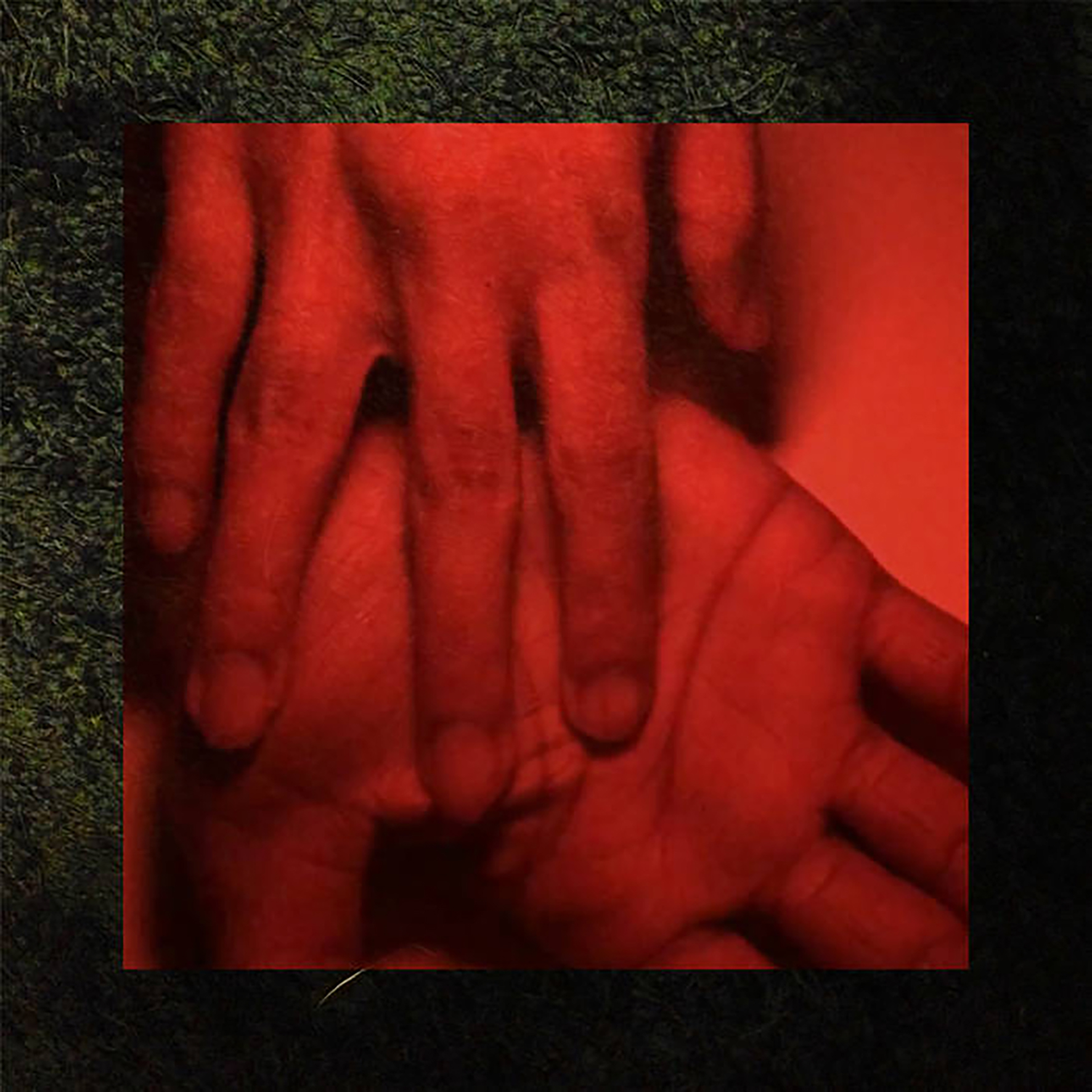 Four years in the making, this inaugural release from Brooklyn composer Nayar is something of a small, genre-blurring masterpiece that brings together stuttering, laptop-mangled melodies a la early Fennesz and Oval with billowing ambient warmth. Our Hands in the Dark is a bit more inventive and distinctive than a hazy and heavenly homage to the golden age of Editions Mego and Mille Plateaux, however, as it also features some unexpected nods to Rilke, classic Midwestern emo, and Indian mysticism along the way. To some degree, I am the target demographic for all of those things, but this album is wonderful primarily because of Nayar's oft-brilliant execution, as these eight songs are a veritable feast of exacting craftsmanship, tight songcraft, vivid textures, warm harmonies, and immersive atmospheres. If this album had come out twenty years ago, it likely would have become a regularly name-checked cornerstone of the laptop/experimental guitar scene. Since it is coming out now instead, I suppose it will just have to settle for the consolation prize of being an early contender for one of 2021's strongest debuts.
Four years in the making, this inaugural release from Brooklyn composer Nayar is something of a small, genre-blurring masterpiece that brings together stuttering, laptop-mangled melodies a la early Fennesz and Oval with billowing ambient warmth. Our Hands in the Dark is a bit more inventive and distinctive than a hazy and heavenly homage to the golden age of Editions Mego and Mille Plateaux, however, as it also features some unexpected nods to Rilke, classic Midwestern emo, and Indian mysticism along the way. To some degree, I am the target demographic for all of those things, but this album is wonderful primarily because of Nayar's oft-brilliant execution, as these eight songs are a veritable feast of exacting craftsmanship, tight songcraft, vivid textures, warm harmonies, and immersive atmospheres. If this album had come out twenty years ago, it likely would have become a regularly name-checked cornerstone of the laptop/experimental guitar scene. Since it is coming out now instead, I suppose it will just have to settle for the consolation prize of being an early contender for one of 2021's strongest debuts.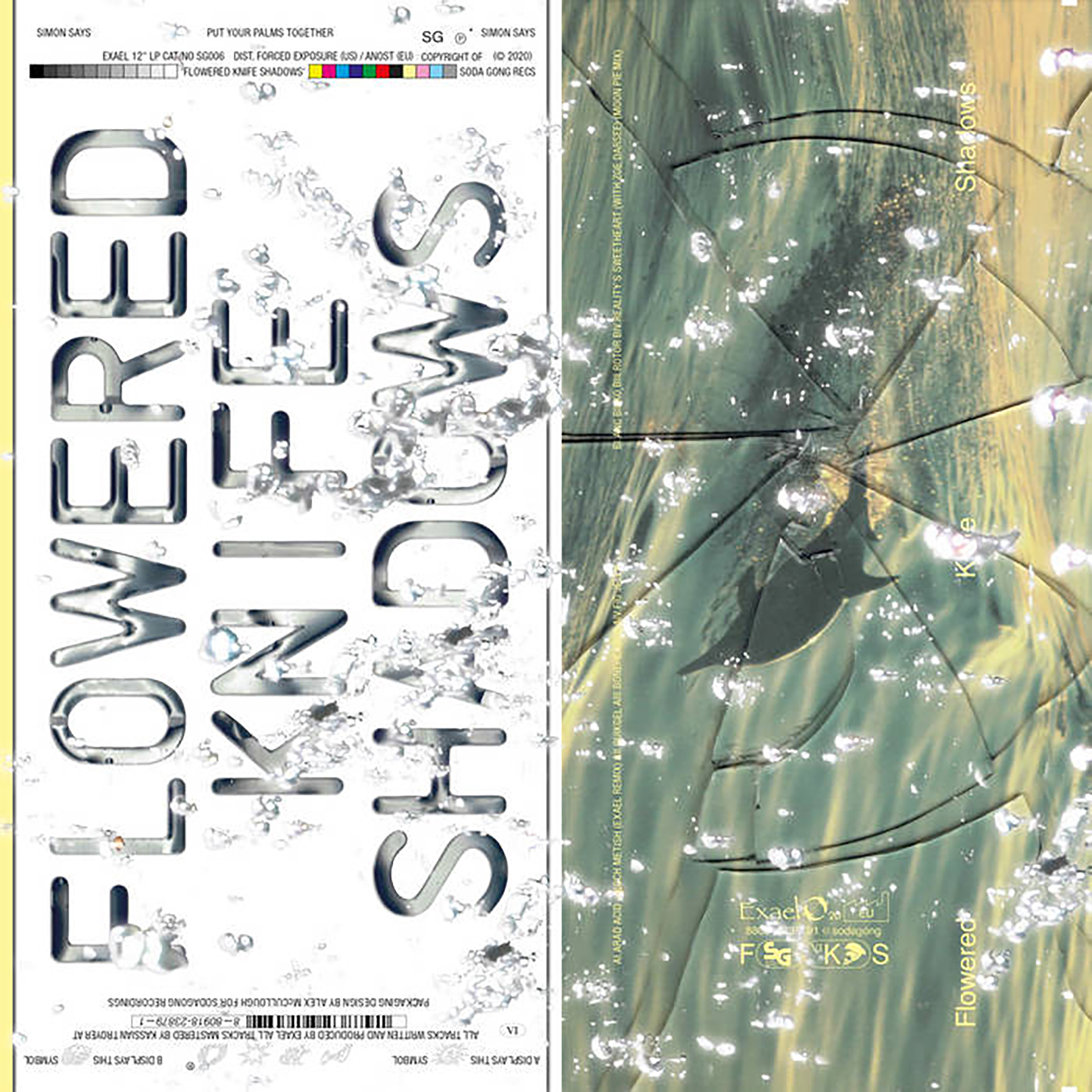

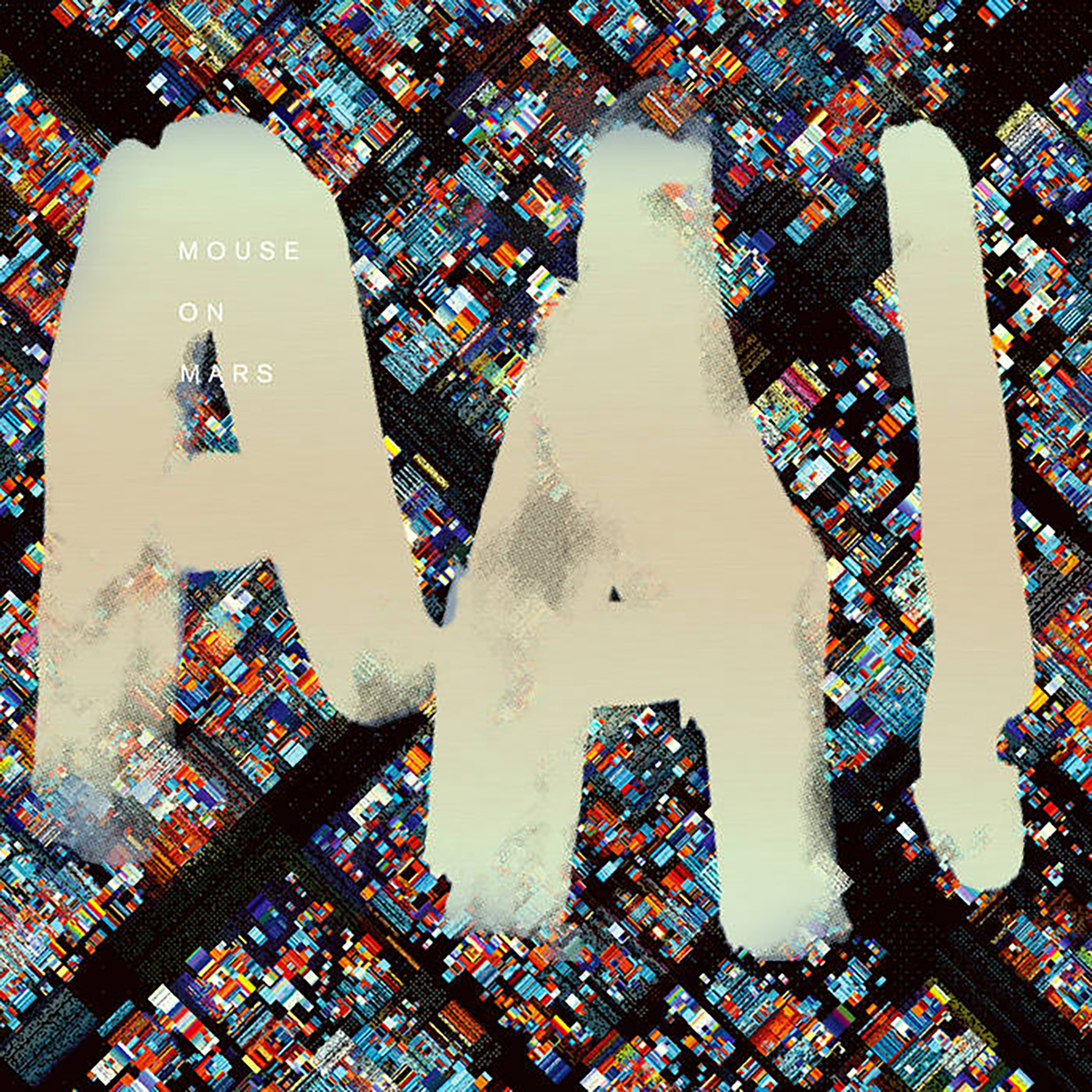
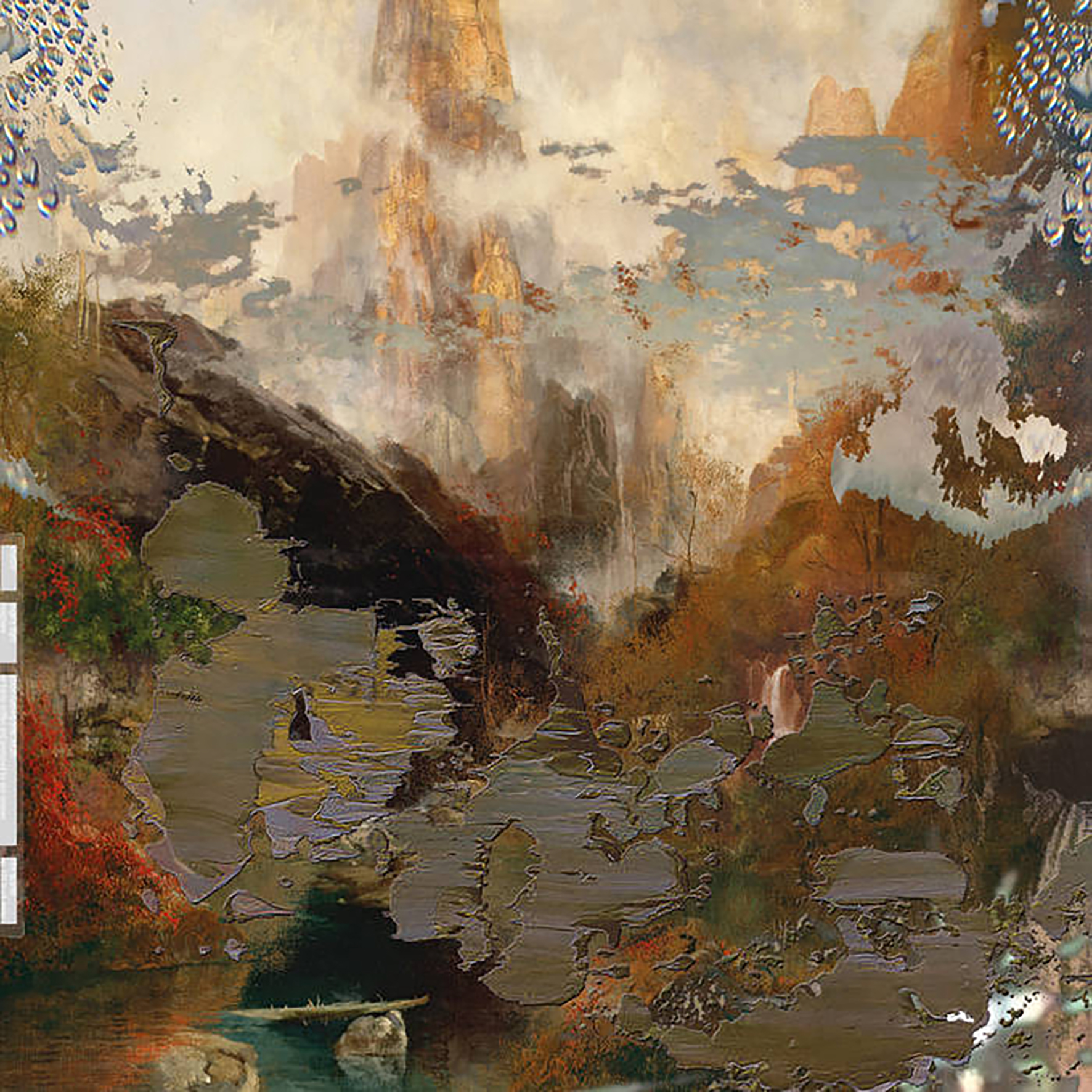 I believe I have been listening to Biosphere for at least 20 years now, but the project's evolution over the last five years or so has been especially fascinating, as Geir Jenssen's creative restlessness has led him to release one surprise after another. To my ears, 2016's Departed Glories remains the high water mark of this adventurous phase, but I am delighted that Jenssen seems to be actively looking for new challenges and that the results are almost invariably enjoyable and distinctive. This latest release continues that trajectory of endlessly breaking new ground, as the bulk of Angel's Flight was composed for a Norwegian dance production entitled Uncoordinated Dog. More significantly, all twelve pieces were crafted from repurposed fragments of Beethoven's "String Quartet No. 14." Unsurprisingly, much of the album would be unrecognizable to Beethoven, as Jenssen does an admirable job of blurring, stretching, blackening, and chopping his source material into a compellingly hallucinatory neo-classical fever dream.
I believe I have been listening to Biosphere for at least 20 years now, but the project's evolution over the last five years or so has been especially fascinating, as Geir Jenssen's creative restlessness has led him to release one surprise after another. To my ears, 2016's Departed Glories remains the high water mark of this adventurous phase, but I am delighted that Jenssen seems to be actively looking for new challenges and that the results are almost invariably enjoyable and distinctive. This latest release continues that trajectory of endlessly breaking new ground, as the bulk of Angel's Flight was composed for a Norwegian dance production entitled Uncoordinated Dog. More significantly, all twelve pieces were crafted from repurposed fragments of Beethoven's "String Quartet No. 14." Unsurprisingly, much of the album would be unrecognizable to Beethoven, as Jenssen does an admirable job of blurring, stretching, blackening, and chopping his source material into a compellingly hallucinatory neo-classical fever dream.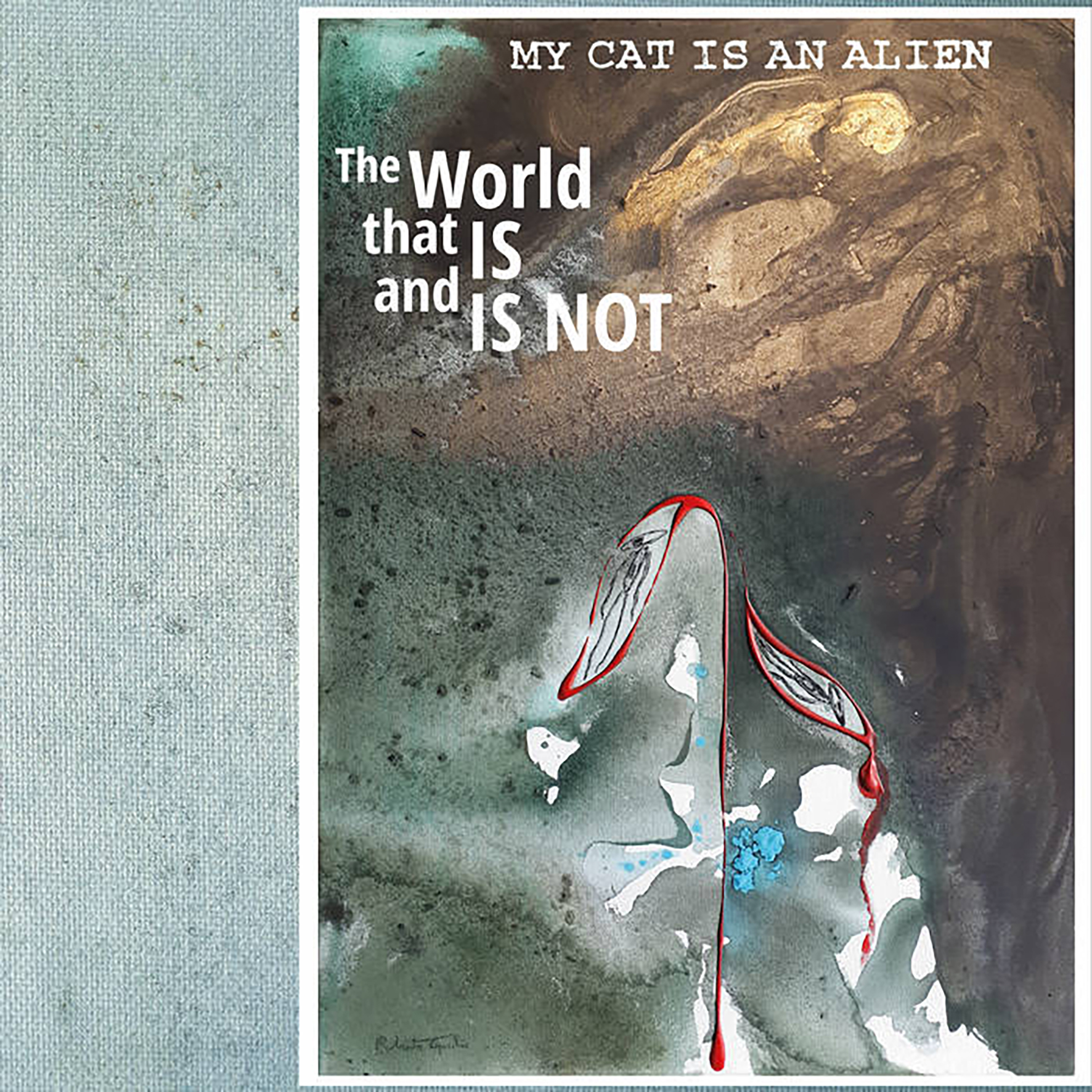 The Opalio Brothers somehow managed to release three strong albums last year, but I believe only this one was (spontaneously) composed and recorded during the pandemic. It was also inspired by it, as The World That IS and IS NOT is billed as a concept album of sorts: an "existential reflection" on a scenario "where everything seems to vanish into the void." That admittedly sounds like a recipe for a bleak album, but the Opalios arguably went the opposite route, heading in a warmer direction to illustrate how music and art can help us transcend the "spiritual disquiet and moral despair" of the current age. To new or casual fans, that increased warmth will probably be nearly imperceptible, as it will be largely eclipsed by the fundamentally outré and mind-meltingly psychedelic elements of this project. Longtime fans will definitely notice a difference though, as this is an unusually meditative album with a satisfying and purposeful arc. While I tend to enjoy the comparative unpredictability of MCIAA's collaborations the most these days, this one captures Roberto and Maurizio in especially inspired form on their own, as I would be hard-pressed to think of a more perfectly distilled example of their warped and wonderful vision.
The Opalio Brothers somehow managed to release three strong albums last year, but I believe only this one was (spontaneously) composed and recorded during the pandemic. It was also inspired by it, as The World That IS and IS NOT is billed as a concept album of sorts: an "existential reflection" on a scenario "where everything seems to vanish into the void." That admittedly sounds like a recipe for a bleak album, but the Opalios arguably went the opposite route, heading in a warmer direction to illustrate how music and art can help us transcend the "spiritual disquiet and moral despair" of the current age. To new or casual fans, that increased warmth will probably be nearly imperceptible, as it will be largely eclipsed by the fundamentally outré and mind-meltingly psychedelic elements of this project. Longtime fans will definitely notice a difference though, as this is an unusually meditative album with a satisfying and purposeful arc. While I tend to enjoy the comparative unpredictability of MCIAA's collaborations the most these days, this one captures Roberto and Maurizio in especially inspired form on their own, as I would be hard-pressed to think of a more perfectly distilled example of their warped and wonderful vision.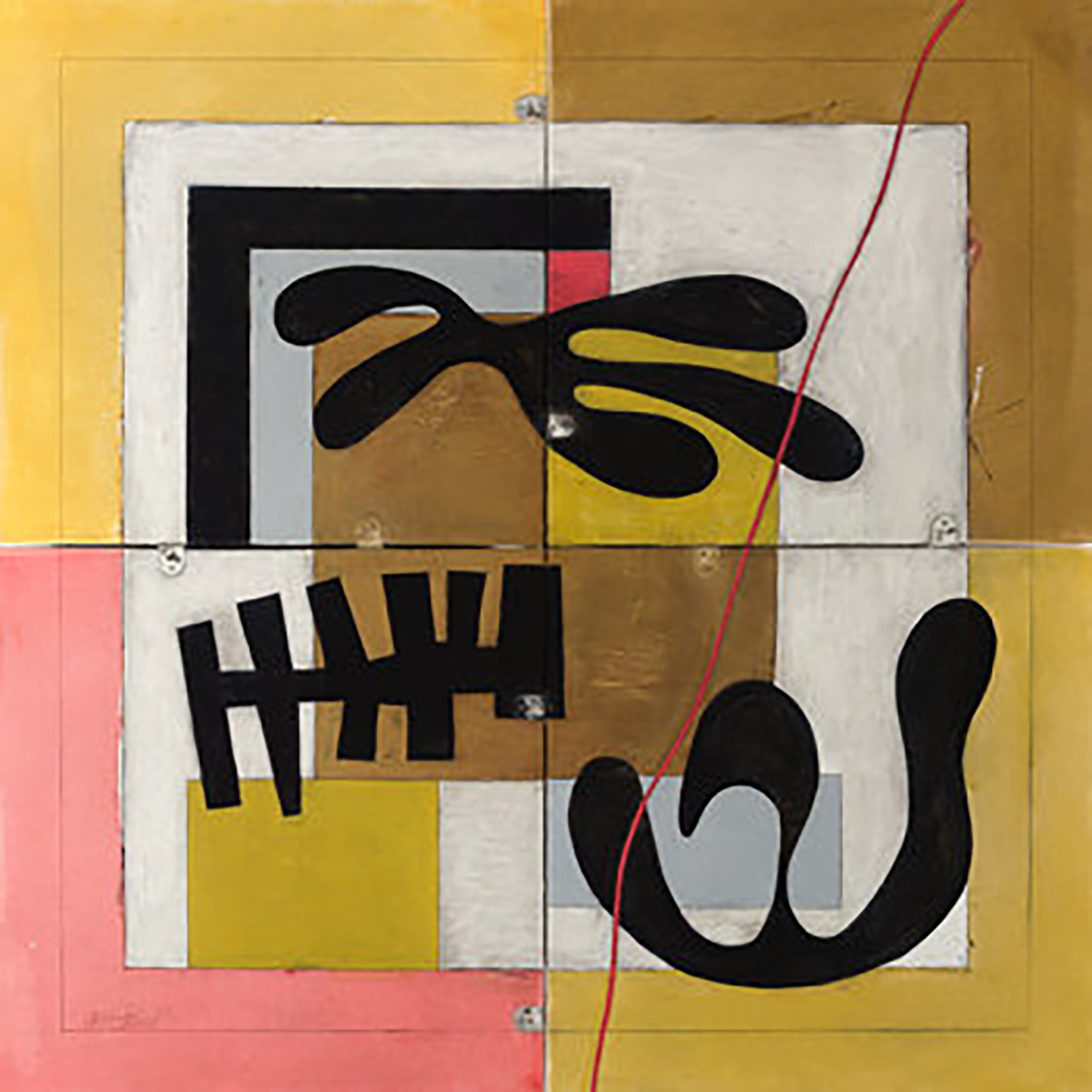 I am not sure which is more impressive: that Ashley Paul managed to compose a focused, inventive, and challenging album like this while living with a toddler or that she somehow managed to (remotely) form a tight new trio of like-minded collaborators during a pandemic lockdown. Admittedly, I was a bit apprehensive about the latter development, as the fragility and uneasy intimacy of Paul's past work has always been one of its more endearing aspects, but her instincts thankfully proved to be characteristically unerring, as Ray continues her recent streak of great albums. In fact, this is probably an ideal entry point to Paul's singular aesthetic, as it beautifully balances her more "broken" and discordant tendencies with an increased warmth, as well as a side that approximates a hallucinatory cabaret as envisioned by the Quay Brothers. It all works wonderfully, as this more varied approach yields some instant career highlights while sacrificing none of the precarious magic that made her work so unique and mesmerizing in the first place.
I am not sure which is more impressive: that Ashley Paul managed to compose a focused, inventive, and challenging album like this while living with a toddler or that she somehow managed to (remotely) form a tight new trio of like-minded collaborators during a pandemic lockdown. Admittedly, I was a bit apprehensive about the latter development, as the fragility and uneasy intimacy of Paul's past work has always been one of its more endearing aspects, but her instincts thankfully proved to be characteristically unerring, as Ray continues her recent streak of great albums. In fact, this is probably an ideal entry point to Paul's singular aesthetic, as it beautifully balances her more "broken" and discordant tendencies with an increased warmth, as well as a side that approximates a hallucinatory cabaret as envisioned by the Quay Brothers. It all works wonderfully, as this more varied approach yields some instant career highlights while sacrificing none of the precarious magic that made her work so unique and mesmerizing in the first place.
